Although Series 7 math isn’t exactly rocket science, it can be confusing for many reasons. In today’s post, we discuss the type of math you’ll see on the Series 7 exam, how it’s evolved lately, and what to study.
Series 7 Math…Know the Words, Not the Numbers
On the FINRA Series 7 Exam, you can expect addition, subtraction, multiplication, and division. For almost everyone that we encounter, it’s not the math that is the problem. Ultimately it’s deciphering what formulas to use, and what math to apply given the wording of the question.
For instance, in the Margin section of the Series 7 Top-Off exam, the special memorandum account, or SMA, is the most troublesome of the Margin topics. We get a lot of questions about how to calculate the SMA, but even once you know the formula, it’s not entirely obvious where to apply it.
The formula is: SMA = Equity – Regulation T 50% of the Current Market Value (CMV)
However, one reason why this gets confusing is because the question may ask: How much is a customer able to withdraw from their account? Or, what is the excess equity?
So, which one of these is asking about SMA? The answer is, both of them – even though the wording includes no mention of SMA at all.
Math Problems
There are several areas where math has been heaviest on the Series 7 exam lately. To no one’s surprise Options is the culprit. Calculations of profit and loss for different scenarios requires basic calculations. But, you’ll have to be familiar with how to deal with a Spread, Straddle, Option Hedge, etc.
Other sections to watch out for some math are Munis (tax equivalent yield and accretion/amortization questions), Margin, Debt Securities (convertible bond math), and Fundamental Analysis (accounting ratios). All these are sections that require some math.
While minimally complex, it may be worth spending a little extra time in these sections for the mathematically disinterested among you. We highly recommend the “drill down” approach to taking math questions.
Pick a subsection where your score is lacking, and focus on 15 to 20 questions for a custom practice exam. You should start to get comfortable with the multiple ways that similar types of questions can be asked.
If you find that your score doesn’t improve, then we generally recommend three things. First, go back to the text and reread that section (maybe even try an instructional video); Second, and this may be unsurprising, reach out to a tutor – we know some great ones! And third, skip this section entirely. If you choose the third method just make sure you can find other areas that are also heavily weighted, such as municipal debt, options, investment companies, new issues, etc. and aim for scores of 90% or higher to help compensate.
Overall, the Series 7 math tends to be less complicated than the wording makes it out to be. Understanding the jargon will ultimately help you understand the math. If you need any additional help, feel free to reach out! Good luck!

